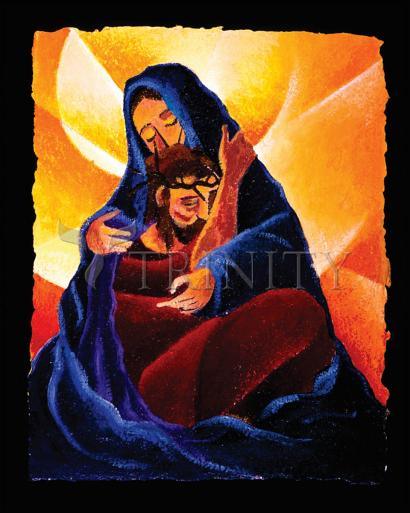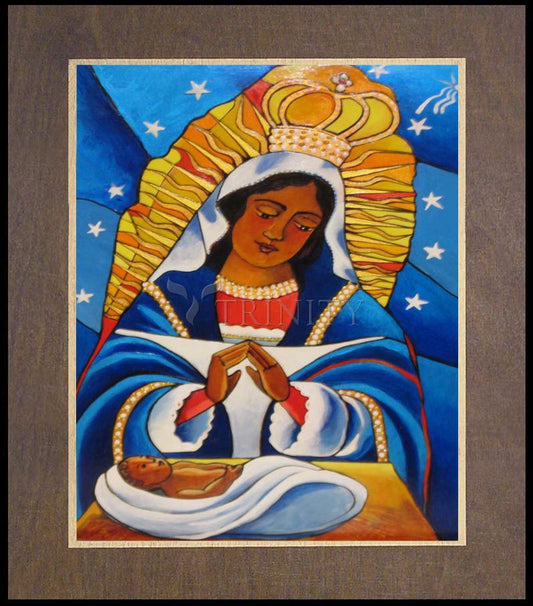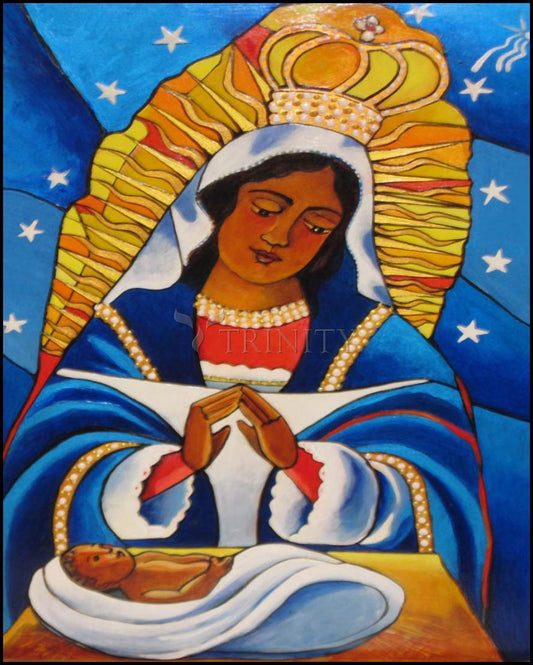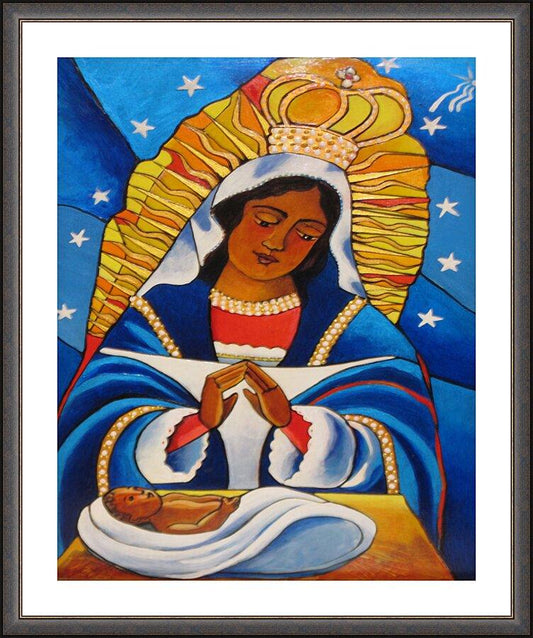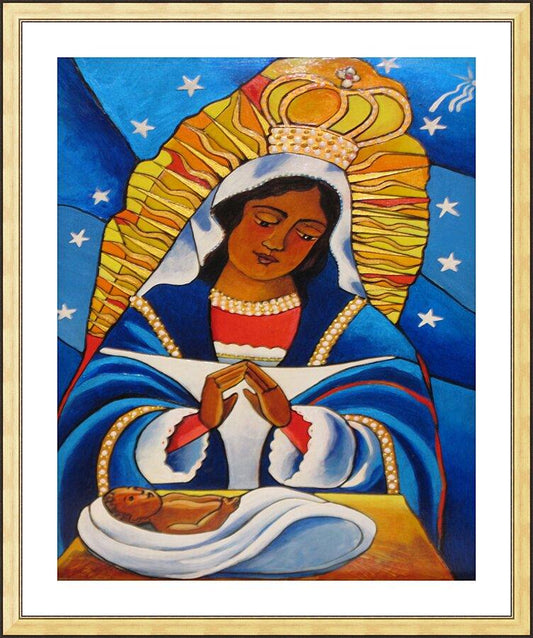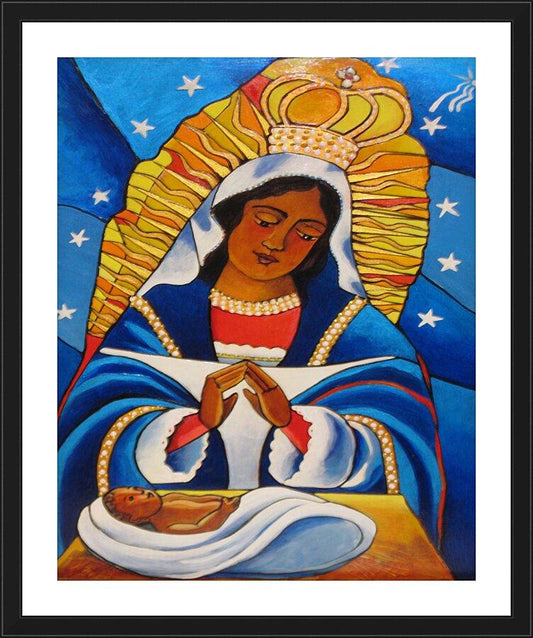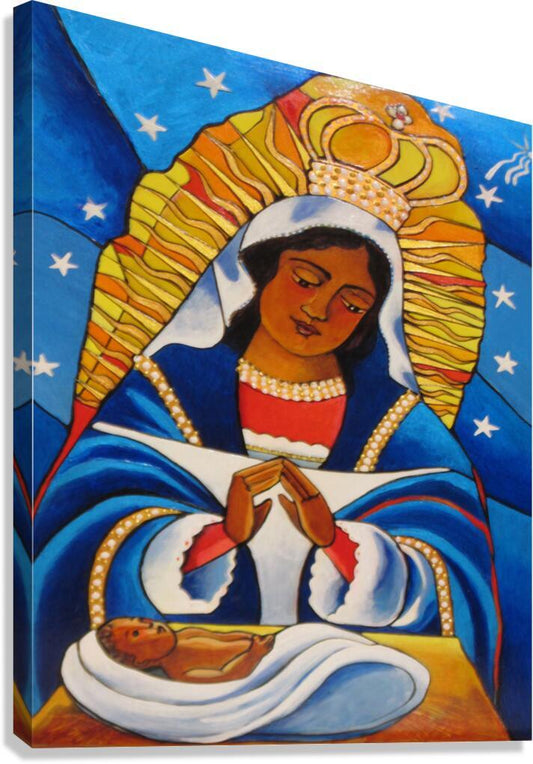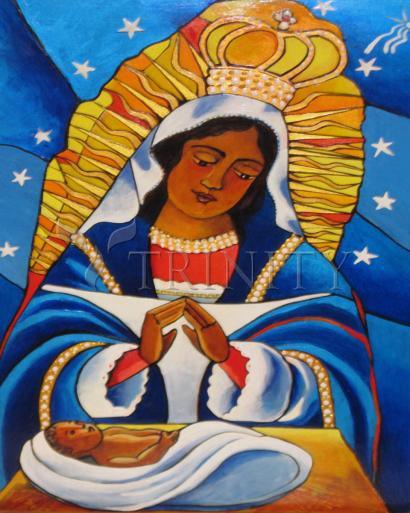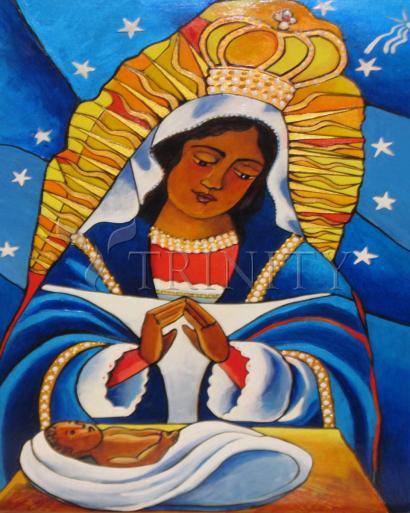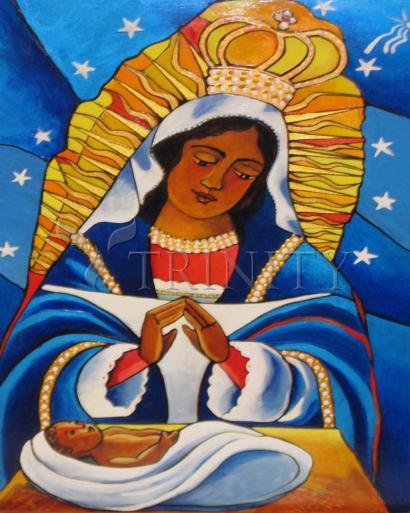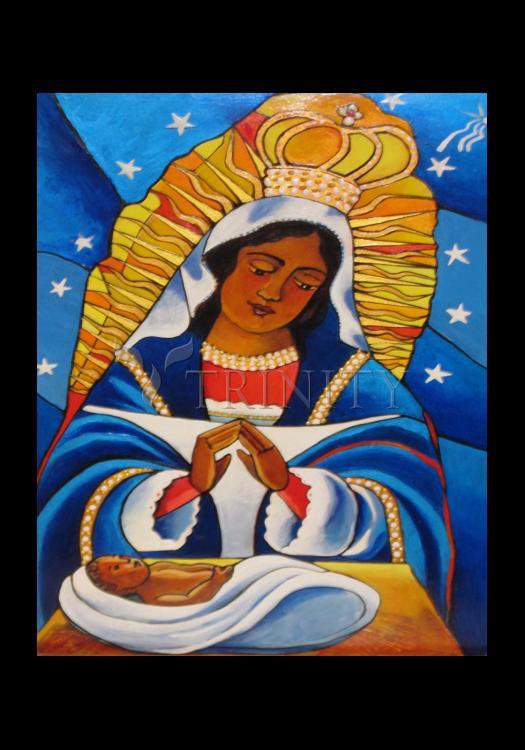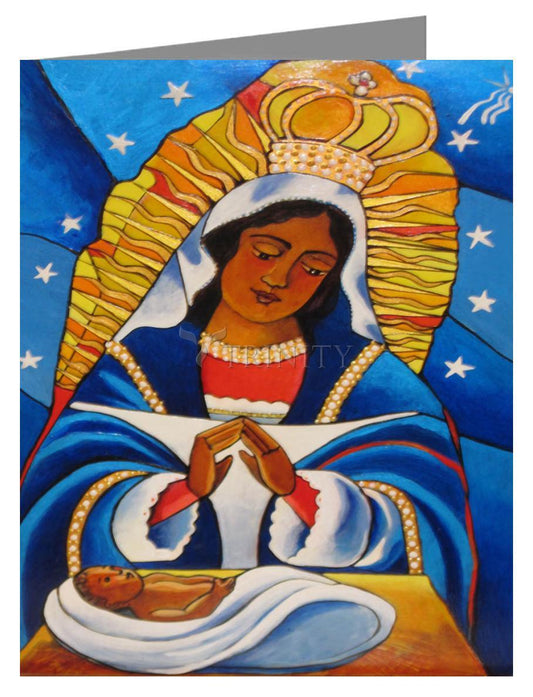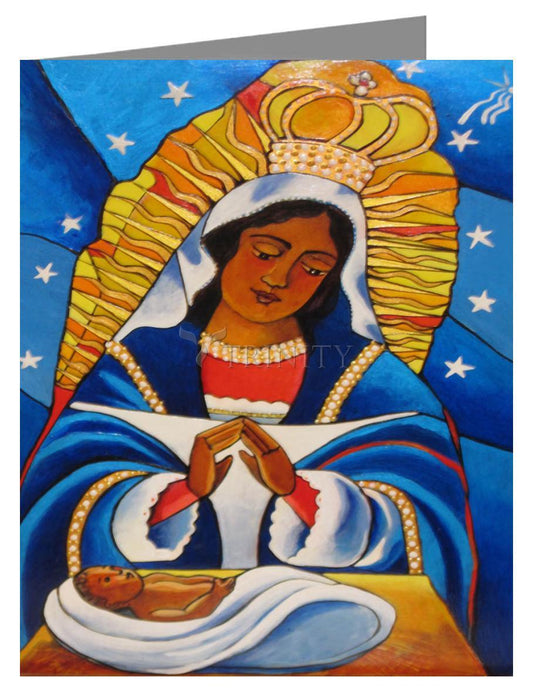The Dominican Republic, where the evangelization of the New World began, is under the protection of the Virgin under two titles: Our Lady of Mercy, the principal patroness who was so proclaimed in 1616 during the Spanish colonial rule, and the Virgin of Altagracia, Protector and Queen of the hearts of the Dominicans. "Tatica from Higuey," as the natives of Quisqueya fondly refer to her, has her story and legend. There are historic documents that prove that in 1502, in the island of Santo Domingo, the Most Blessed Virgin was honored under the title of our Lady of la Altagracia, whose portrait had been brought from Spain by Alfonso and Antonio Trejo, brothers who were among the first European settlers of the island. When the brothers moved to the city of Higuey, they took the image with them. Later they offered it to the parish church so that everyone could venerate it. The first shrine was completed in 1572, and in 1971 the present Basilica was consecrated.
Popular piety has it that the devout daughter of a rich merchant had asked him to bring her a portrait of Our Lady of Altagracia from Santo Domingo. The father tried to get it for her, but with no success. Neither clergymen nor tradesmen had ever heard that Marian title.
Back at Higuey, the merchant decided to stay overnight at a friend's house. After dinner, feeling sorry for his daughter's disappointment when he should arrive empty-handed, he described to those present his unsuccessful search. As he spoke, an old man with a long beard, who was passing by, took out of his knapsack a rolled up painting and gave it to the merchant saying, "This is what you are looking for." It was the Virgin of Altagracia. At day break the old man had disappeared.
The original portrait of Our Lady of Altagracia is thirty-three centimeters wide by forty-five high. Expert opinion has it that it is a primitive work of the Spanish school, painted towards the end of the fifteenth or beginning of the sixteenth century. The painting, which depicts a Nativity scene, was restored successfully in Spain in 1978, and its original beauty and color can now be appreciated. The rigor of time, candles' smoke and rubbing by the hands of the devotees had so altered the surface of the portrait that it had become nearly unrecognizable.
The scene of Jesus' birth is painted on a fine cloth. The Virgin, lovely and serene, occupies the center of the picture; she is looking with tenderness at the child who lies nearly naked on the straw of the manger. A blue cloak sprinkled with stars envelops her and a white scapular closes her garments in front.
Maria of Altagracia wears the colors of the Dominican flag; anticipating in this manner the national identity. A radiant crown and twelve stars frame her head which now has a crown on it. The frame which holds the painting is probably the most refined example of Dominican gold work. This marvel made of gold, precious stones and enamel, is the work of an unknown eighteenth century artist. Possibly he used the jewels that the Virgin's devotees gratefully offered her.
The image of Our Lady of Altagracia had the privilege of being crowned twice: on August 15, 1922 - during the pontificate of Pius XI - and by Pope John Paul II, who on January 25, 1979, during his visit to Santo Domingo, personally crowned the image with a golden silver tiara, his personal gift to the Virgin, the first evangelizer of the Americas.
Also known as: Our Lady of Grace
